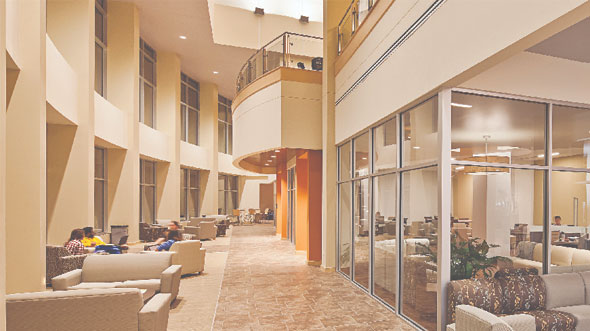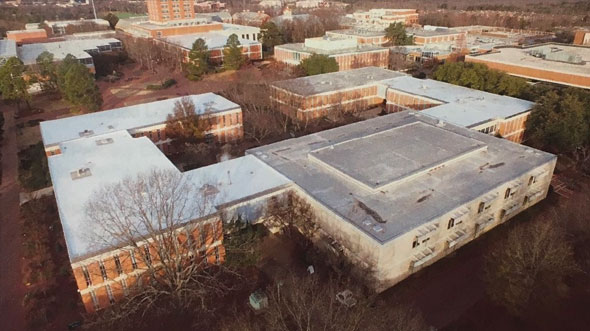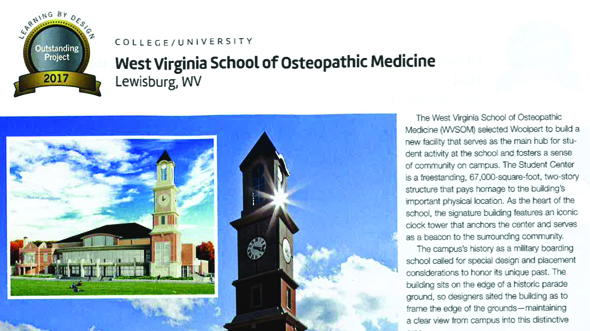
BLOG
—
Not Every College Needs a Climbing Wall
The struggle is real for universities trying to meet the expectations of growing student populations. More than ever, they must identify the best uses of funding while adding competitive amenities in the higher education world.
Determining the right investment in non-educational program spaces, such as athletics, student recreation, food services and support facilities, is a difficult challenge. Inside Higher Ed Magazine calls this challenge the “contemporary college athletics arms race.”
Eager to attract new students and compete with the bells and whistles of other schools’ new facilities, many colleges struggle to invest their construction dollars wisely. A 21st-century athletic complex or large recreation center with a climbing wall looks great in recruiting brochures; however, financing these investments by increasing tuition is not an attractive option when college costs are already on the rise and graduates often face crushing debt.
Colleges and universities can benefit from seeking alternative funding approaches. One continuing trend is hybrid/fusion construction, which combines multiple functions into a single facility. Woolpert has been applying this concept to educational facilities around the country for more than a decade.
In 2007, Woolpert designed the Winston-Salem State University Student Activities Center in North Carolina as a companion to the existing—and adjacent—Student Union Center. The multipurpose facility serves such diverse needs as dining, meetings and fitness. Additionally, when compared to non-sustainable approaches, the building’s sustainable design saves the university up to $90,000 in annual utility costs through high-tech, energy-efficient HVAC, water and lighting features.
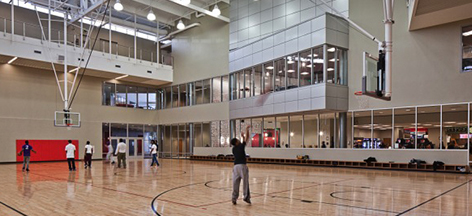
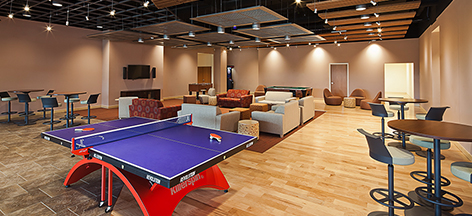
More recently, Woolpert designed the fusion Student Center for the West Virginia School of Osteopathic Medicine. Combining food service, study, recreation, technology support and meeting space for up to 1,000 people (school and community), the facility not only supports education, but it also hosts robotics, training and other conferences for local medical professionals
And just last year, Woolpert designed a facility made possible through the hybrid public-private relationship between Mecklenburg County, N.C., and Queens University. The tennis venue houses men’s and women’s tennis and attracts regional, national and NCAA-sanctioned events—and dollars—for the local economy. Through the unique funding structure, both entities share the construction, land, maintenance and operations costs while providing opportunities for student activities and community meetings.
The collaborative and mutually beneficial sharing of costs and facilities is a trend that helps colleges and universities practice good stewardship of the role entrusted to them by students and public taxpayers. Balancing reality with practicality will always pay dividends for higher education.

